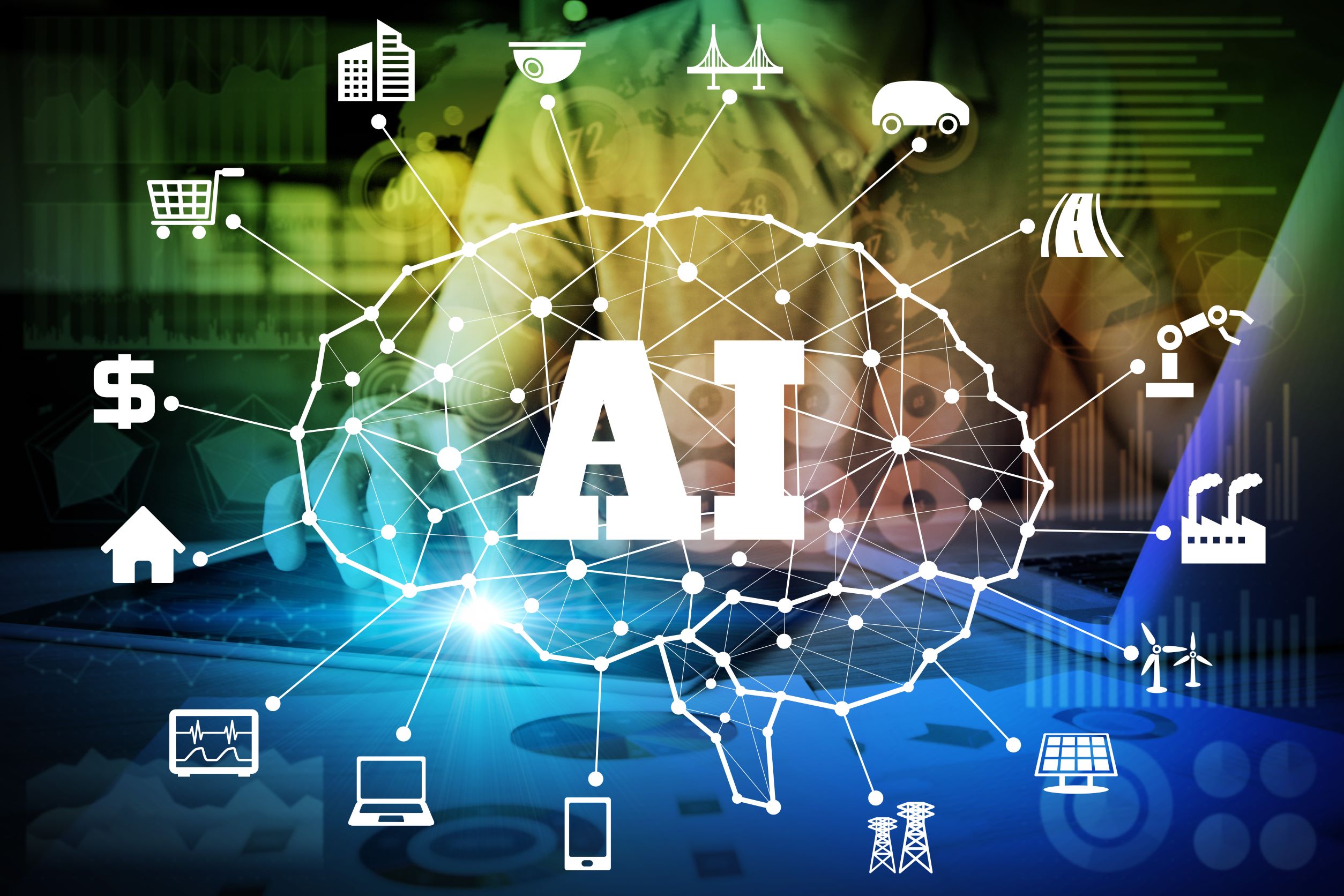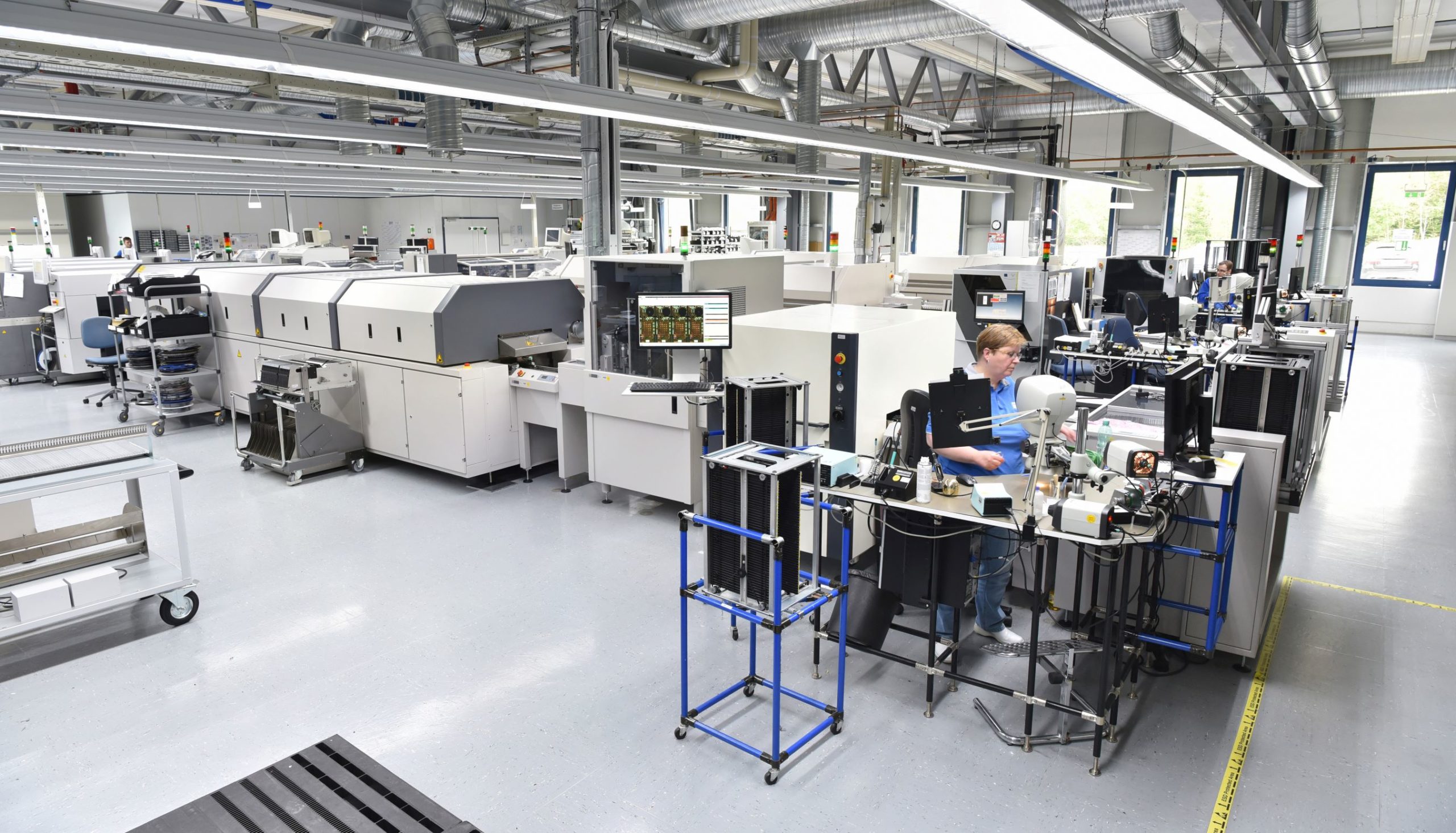De introductie van een nieuw softwaretool voor het ontwikkelen van equipmentstrategieën had een grote impact op de Engineering Divisie. Uiteraard moesten mensen worden opgeleid en wennen aan een nieuw tool. De grootste uitdaging was echter de impact van het nieuwe tool op de efficiëntie en output van de Equipment Engineers ten gevolge van het ontbreken van volledige data. Onlangs is Robotic Process Automation (RPA) geïntroduceerd om de Engineering Department te helpen deze uitdaging het hoofd te bieden.
De grootste uitdaging…
Bij de overgang van het oude softwaretool naar het nieuwe moest alle data worden overgezet van de oude database naar de nieuwe database en structuur. Echter, niet alle data was gekoppeld aan de bijbehorende nieuwe velden in het tool, en sommige data bestonden eenvoudigweg niet in het oude systeem. De datasets in kwestie zijn ‘Milieu’, ‘Processtroom’, ‘Toxines’ en ‘Bedrijfseffect’.
De gevolgen van deze beslissing zijn vandaag de dag nog steeds merkbaar. Engineers moeten handmatig gegevens ophalen en overzetten naar de relevante velden in de nieuwe tool voordat ze daadwerkelijk een equipmentstrategie kunnen bijwerken. Deze handmatige handeling blijkt een aanzienlijke hoeveelheid kostbare engineerstijd in beslag te nemen, wat ten koste gaat van de tijd die besteed kan worden aan het up-to-date houden van strategieën. Een aanzienlijke efficiëntie-impact op de output van Engineers is waargenomen, waardoor de backlog in het up-to-date brengen van strategieën maand na maand is gegroeid sinds de implementatie van het nieuwe tool. Helaas hebben sommige Engineers zich er zelfs emotioneel van gedistantieerd en aangegeven te willen stoppen met het gebruik ervan.
Hoe heeft het bedrijf deze uitdaging opgelost?
Teruggaan naar de oude tool was geen optie. Bij nader onderzoek naar hoe Engineers de velden Milieu, Processtroom en Bedrijfseffect invullen, bleek dat deze activiteit grotendeels bestaat uit repetitieve, handmatige handelingen zoals klikken, kopiëren en plakken. Een schoolvoorbeeld van terugkerende monotone taken met lage toegevoegde waarde, waar technologie kan helpen door de taken over te nemen.
De oplossing = RPA, maar wat is RPA?
Robotic Process Automation (RPA) is een softwaretechnologie waarmee het eenvoudig is om softwarerobots te bouwen, implementeren en beheren die handmatige menselijke handelingen nabootsen, zoals kopiëren-plakken en interactie met digitale systemen en software. Het voert handmatige taken automatisch uit.
Een van de capabele Fixed Equipment Engineers is zeer bedreven in het gebruik van de nieuwe tool en heeft een sterke affiniteit met het automatiseren van werkprocessen via RPA-technologie. Hij is de drijvende kracht achter de introductie en implementatie van RPA binnen de Engineering Divisie.
De Fixed Equipment Engineer werkte samen met een Senior RPA Developer van Axisto Group om waarde te leveren. Hij identificeerde de workflows, terwijl de RPA Developer van Axisto Group deze programmeerde in de robot. Binnen een maand draaide de eerste workflow en slechts twee weken later werden nog eens twee bots opgeleverd en geactiveerd.
De impact van RPA = 7.500 uur bespaard
Alle Fixed Equipment is onderverdeeld in zogenaamde “parents”. Voor elke parent moet identieke data worden ingevoerd voor elk child-component. De site telt in totaal 5.839 parents met in totaal 34.834 componenten. Door automatisch alle componenten vooraf in te vullen voor Milieu, Processtroom en Bedrijfseffect via RPA besparen de Engineers in totaal ongeveer 7.500 uur, ofwel circa 5,5 manjaar. Naast het verlichten van de ergonomische belasting door het elimineren en automatiseren van saaie klik-/kopieer-plakactiviteiten, zien we nog meer potentiële besparingen met RPA in het kader van equipment strategieën. Site-wide, inclusief niet-fixed equipment, zijn er ongeveer 11.703 parents voor alle apparatuur…….





